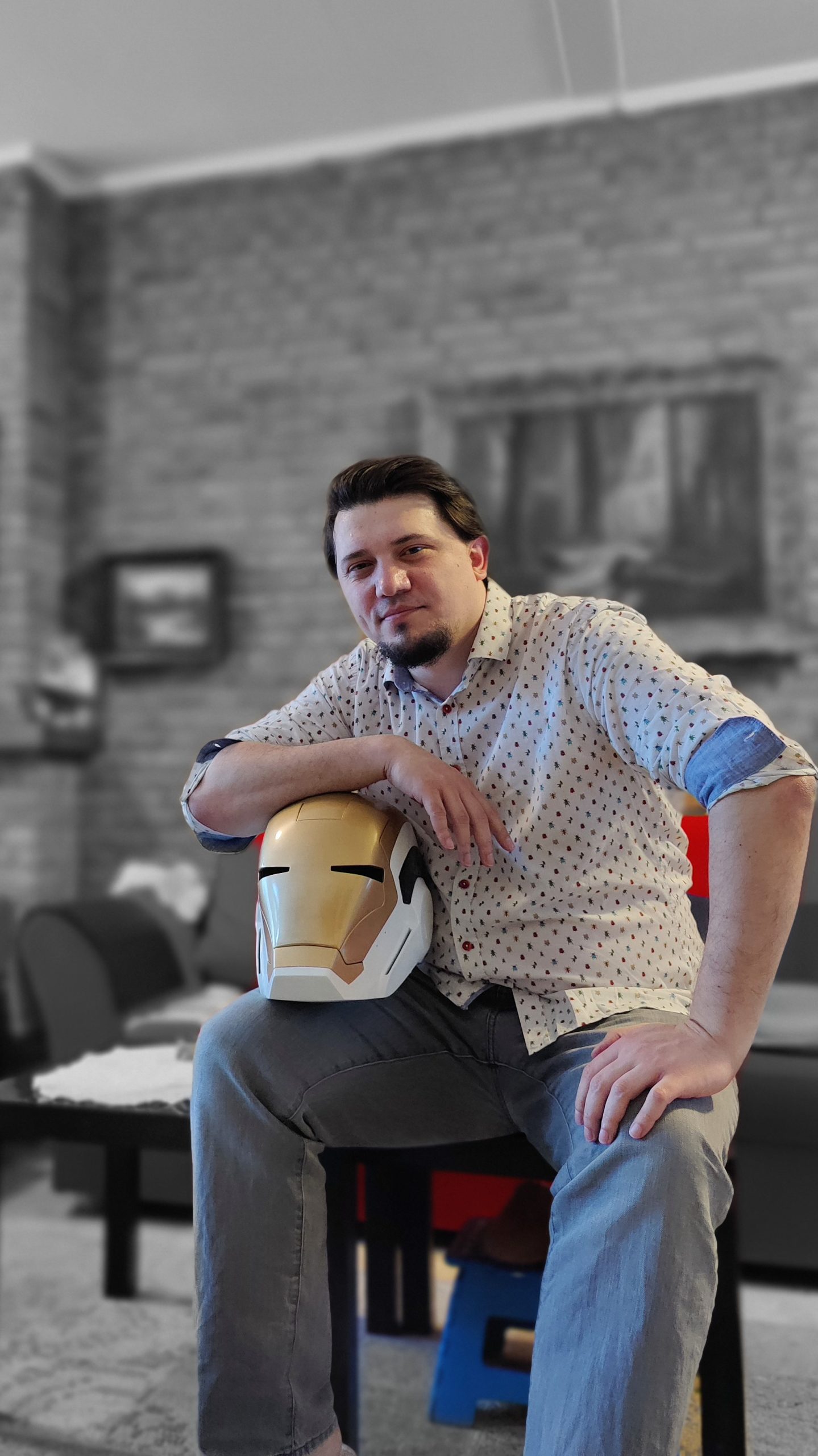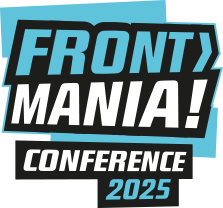
Artikel uit Frontmania magazine 2023
In today’s digitally driven world, accessibility is a fundamental aspect of our online experiences. Digital accessibility ensures that everyone, regardless of their abilities, can access and enjoy the vast array of online content. However, discussing accessibility doesn’t have to be dull or technical. In this article, we’ll explore digital accessibility through fun and relatable examples using everyday household items that anyone can try themselves.
The “Blindfold” Typing Challenge
Imagine browsing the web without seeing the screen; this is the daily reality for individuals with visual impairments. To better understand their experience, you can try the “blindfold” typing challenge using a scarf, a bandana, or even by turning off your screen. Blindfold yourself and try to navigate websites, send emails, or simply type a message to a friend. This exercise will help you appreciate the importance of screen readers, keyboard navigation, and other accessibility features that make digital content accessible to everyone.
The “Muffled Speaker” Test
For individuals with hearing impairments, captioning is a lifeline. There are two ways to simulate this:
- Play a video or podcast and mute it, this will simulate total deafness.
- Play a video or podcast while wearing noise-canceling headphones, doing this will make the audio very muffled and hard to understand simulating partial deafness.
For both methods, try to follow the content by relying solely on the subtitles or closed captions. This exercise will emphasize the value of accurate and synchronized captions, ensuring that deaf or hard-of-hearing individuals can enjoy multimedia content just as much as anyone else.
The “Color Contrast” Challenge
Color contrast plays a vital role in enhancing accessibility for individuals with visual impairments or color blindness. To gain a deeper appreciation of this concept, you can experiment with colored sunglasses or craft simple glasses using colored cellophane. When you wear these glasses, embark on two little fun activities:
First, challenge yourself to match socks by color while wearing your tinted glasses. This task will help you experience the impact of altered color perception on everyday activities, as individuals with color blindness often encounter.
Secondly, take a leisurely walk outdoors and observe the world through your colored lenses. Each time you encounter an object, compare your perception of its color with its actual hue. This experiment will shed light on the different ways people perceive colors and emphasize the importance of creating digital content with sufficient color contrast to accommodate diverse visual experiences.
The “One-Handed” Challenge
Temporary or permanent hand injuries can make using a keyboard and mouse challenging. To empathize with this experience, try the “one-handed” challenge. Put your dominant hand to your side or behind your back, and attempt to perform everyday tasks like browsing, shopping online, or composing emails using just your non-dominant hand. This experiment highlights the need for keyboard shortcuts, voice recognition, and other alternative input methods to accommodate users with limited hand mobility.
Digital accessibility isn’t just a buzzword; it’s a crucial aspect of creating an inclusive online world. By engaging in these little experiments, you can gain a deeper appreciation for the challenges faced by individuals with disabilities in their daily digital interactions. Remember, making digital content accessible isn’t just a legal requirement; it’s a way to ensure that everyone can participate fully in our increasingly digital society. So, the next time you design a website or create content, consider these everyday household lessons in digital accessibility and make the internet a more inclusive and enjoyable place for all.

Bio: Dražen Janković is Senior Technology Consultant at Sogeti with over 20 years of experience in frontend and a specialization in accessibility. Always looking to experiment with new CSS and JS technologies to bring the best possible user experience to all users.
